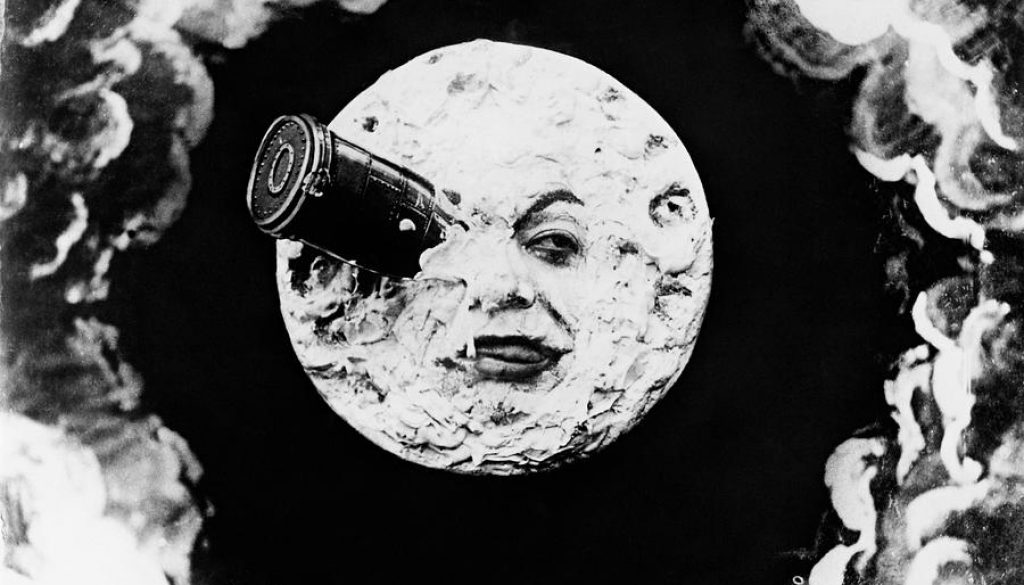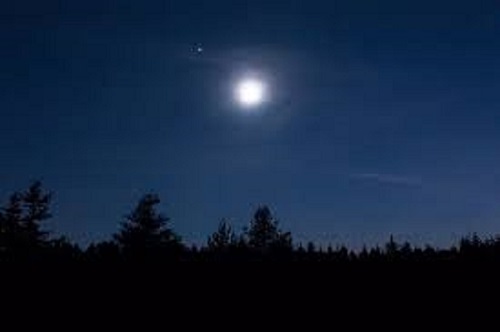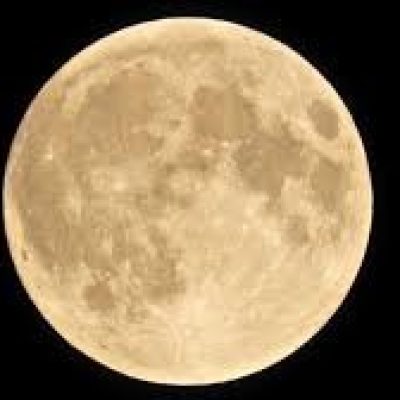How to shoot the Moon with your camera… Easy!

with the camera or phone you already have – easy / beginner
We all have a little more time at home as of recent, now is a good time to break out your camera and have some fun. Our next full moon will occur on Tuesday, April 7, 2020 and is known as the Pink moon. This year we have a Super Pink Moon. This will be the closest Super moon in 2020 @ 221,830 miles from earth. It will also be brightest of the supermoons.
So I am sure like me (I’m new to this too) You have tried to take picture of the moon with your phone, pocket camera or the DSLR you never use in manual mode and your moon pics look like crap and are over exposed.

Many times, pictures of the moon turn in to an epic fail and are overexposed with no detail. Since the moon is extremely bright against a dark background. Your cameras AUTO setting will get confused. So now its finally time to get you camera into manual mode. These steps will apply to phone cameras as well. Some not all phone cameras now have pro settings. So lets get started there are three setting we want to adjust and a couple tips to boot.
ISO Setting
What is ISO? In very basic terms, ISO is simply a camera setting that will brighten or darken a photo. As you increase your ISO number, your photos will grow progressively brighter. For that reason, ISO can help you capture images in darker environments, or be more flexible about your aperture and shutter speed settings. Rember the lower the ISO say 200 the less light the higher ISO IE 2000 the more light the idea is to not let the brightness of the moon overexpose so we can see detail and the moon as it really looks.
Aperture Setting
Aperture refers to the opening of a lens’s diaphragm through which light passes. It is calibrated in f/stops and is generally written as numbers such as 1.4, 2, 2.8, 4, 5.6, 8, 11 and 16. Lower f/stops give more exposure

because they represent the larger apertures, while the higher f/stops give less exposure because they represent smaller apertures. This may seem a little contradictory at first but will become clearer as you take pictures at varying f/stops. Be sure to check your manual first to learn how to set Aperture Priority for your camera, then try experimenting to get comfortable with changing the aperture and recognizing the effects different apertures will have on the end-result image.
Shutter Speed
The effect of shutter speed on photos in the simplest of definitions, the faster the shutter speed, the less light reaches the sensor, resulting in a darker image. Besides brightness, shutter speed also controls how motion is captured in your photo. The longer your shutter speed, the more prominent the motion blur will become in your image.

So now we have a basic understating of the three settings we need to tweak to get the best moon picture. All three effect one and other and finding the right balance will result in a great picture of the moon. So experiment and have fun.
Steps For Photographing Just The Moon
- Put your camera in manual mode
- Select a long lens. Use a long lens (> 200mm) and zoom in as far as you can. If you don’t have a long lens no problem, just zoom in as close as you can and still maintain focus. If your using your phone play around with the zoom setting or just enlarge during post edit.
- Set the ISO. Set the camera to ISO 100 or 200 experiment with setting for desired result.
- Choose aperture. f/11 to f/16 (find the sweet spot for sharpness) brightness
- Choose shutter speed. Shutter speed around 1/60th to 1/125th.
- Set the focus. Manual focus set to infinity.
- Use a tripod! if your using a tripod be sure be sure to turn OFF any VR and use your timer for taking the shot this will eliminate any vibration which will blur the image.
- Use SPOT Metering if it’s an available setting on your camera this setting will pinpoint the light in the center and not try to balance it out against the black background of the night sky. This will greatly enhance detail and balance brightness.

So, there you have it! a very basic beginners guide to take a great picture of the moon. Be sure to experiment with the settings, to dial in the best image or desired effect. We will have more BLOGS coming up on beginner photography and get us out of AUTO mode. This is very basic but what got me started. We will be diving more into the subject for sure. I know there are many amazing photographers out there so if your one of them, please leave some feedback in the comments and “show some love”
Have FUN and keep looking up.
Cheers, Nomad
